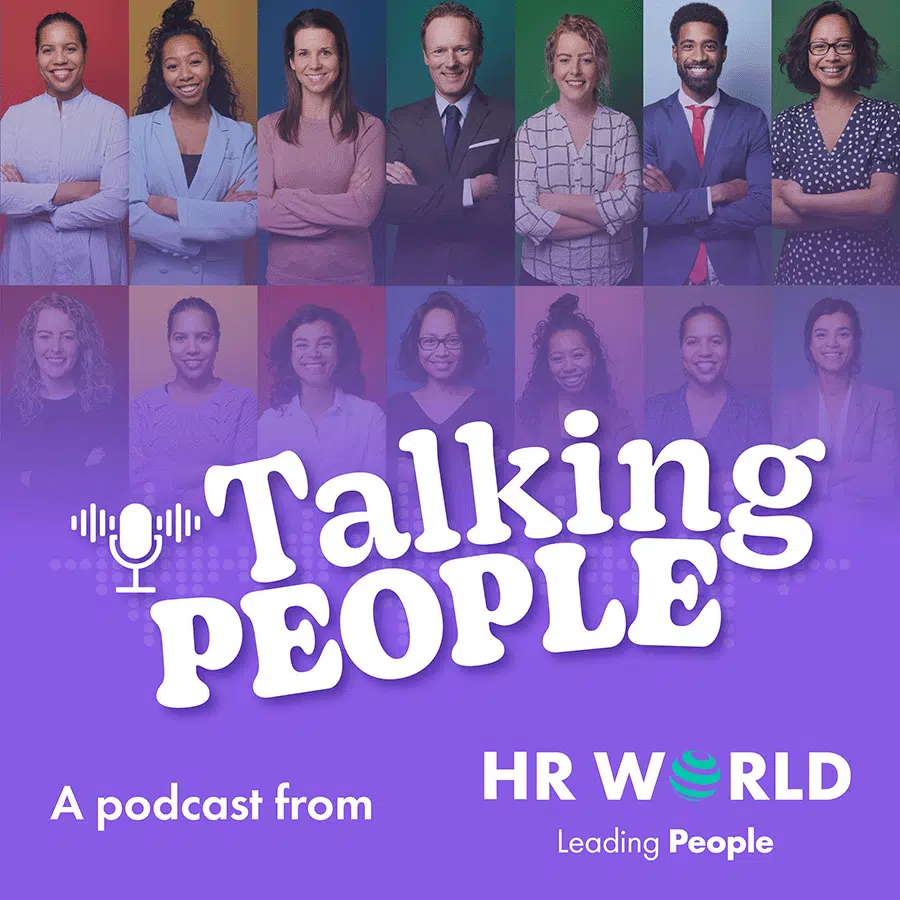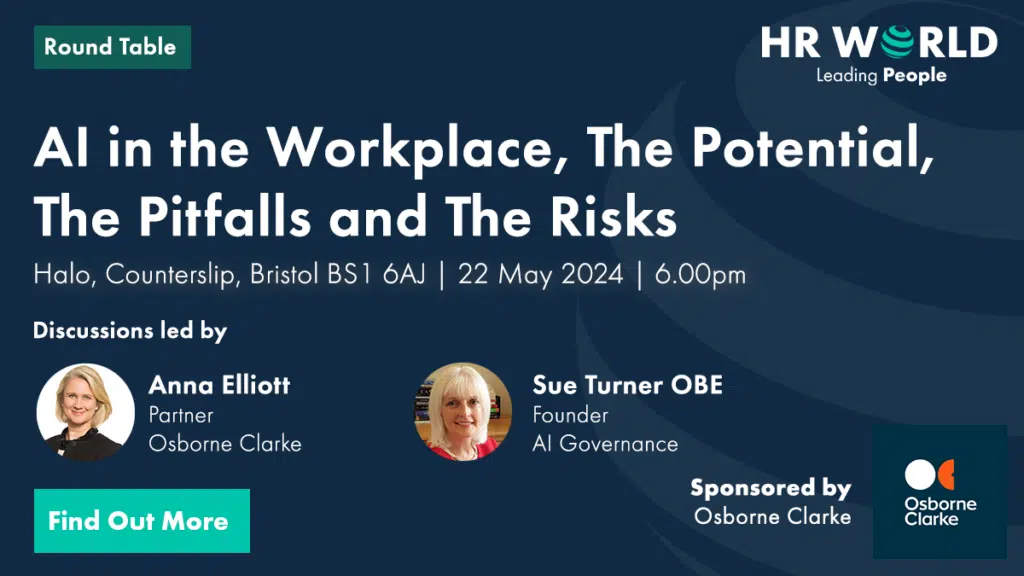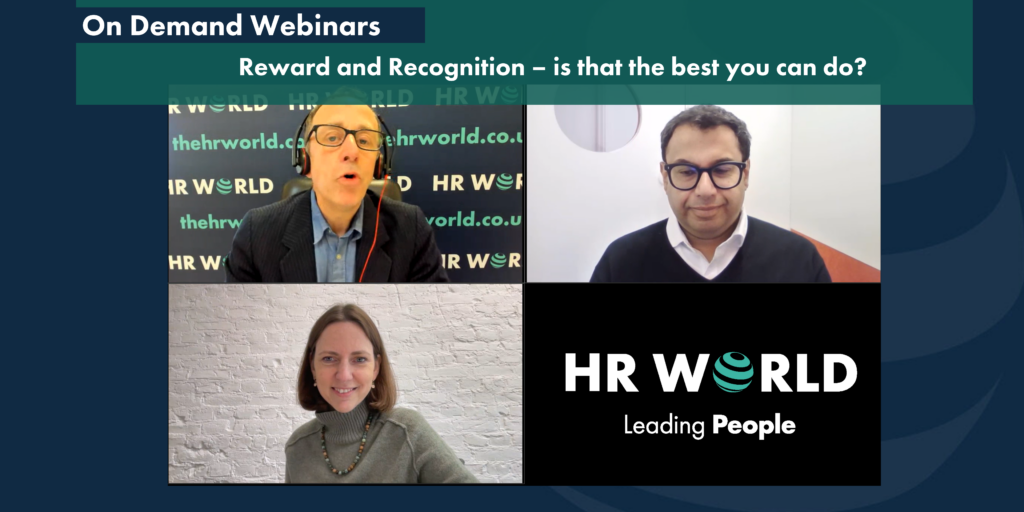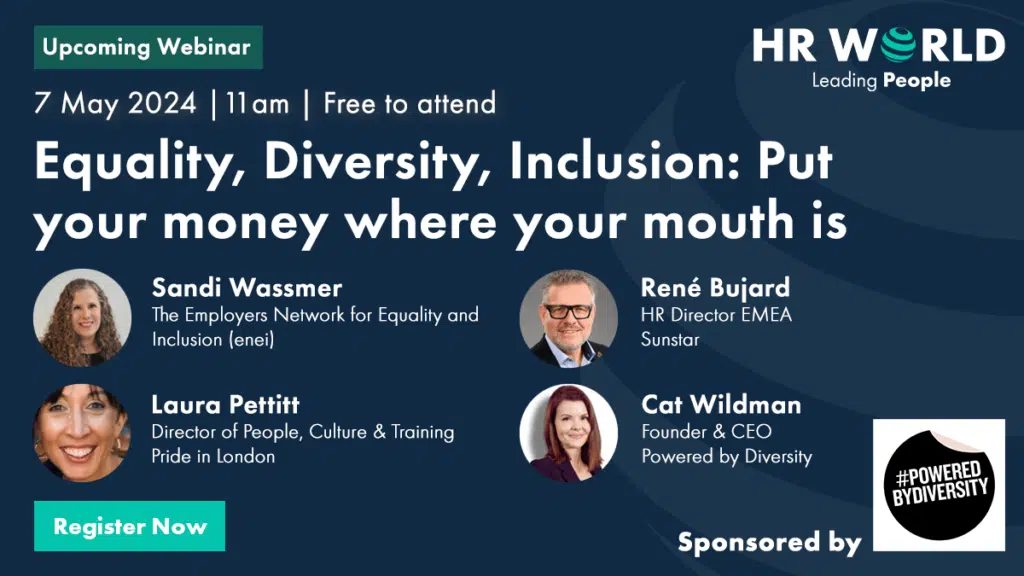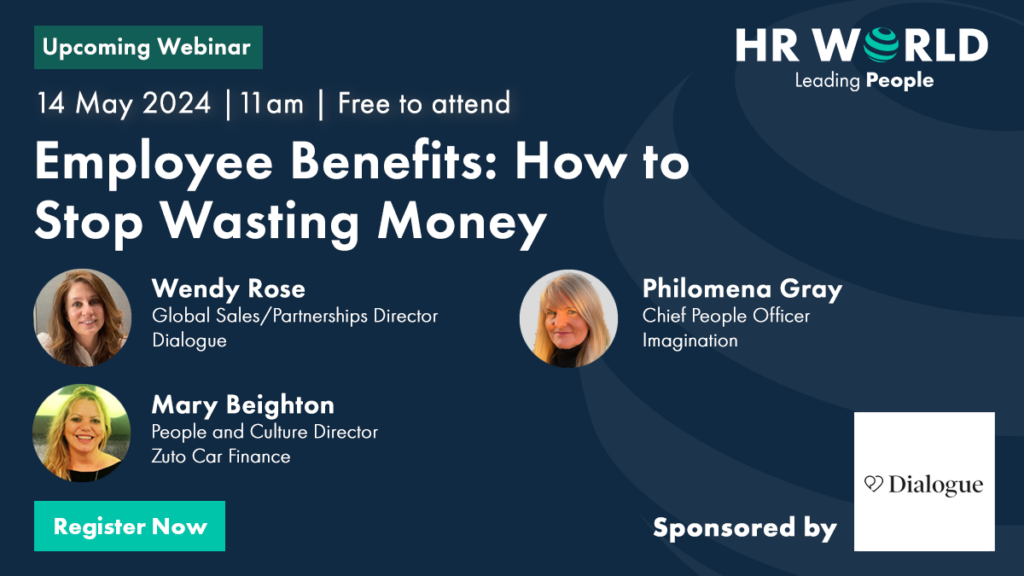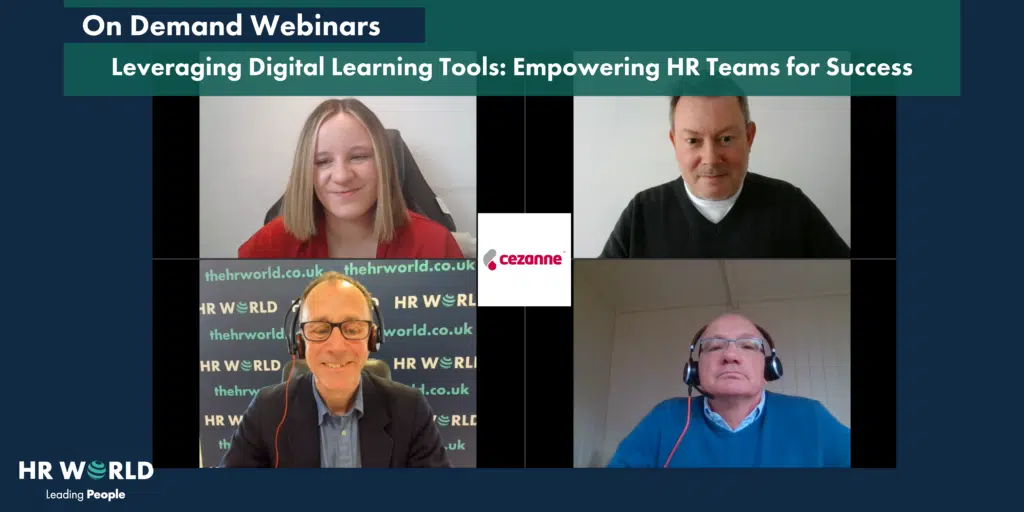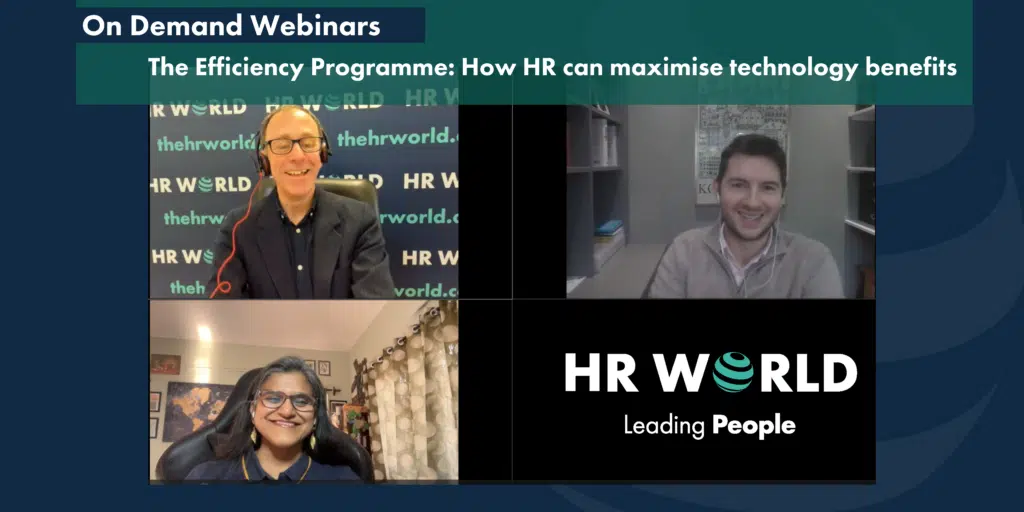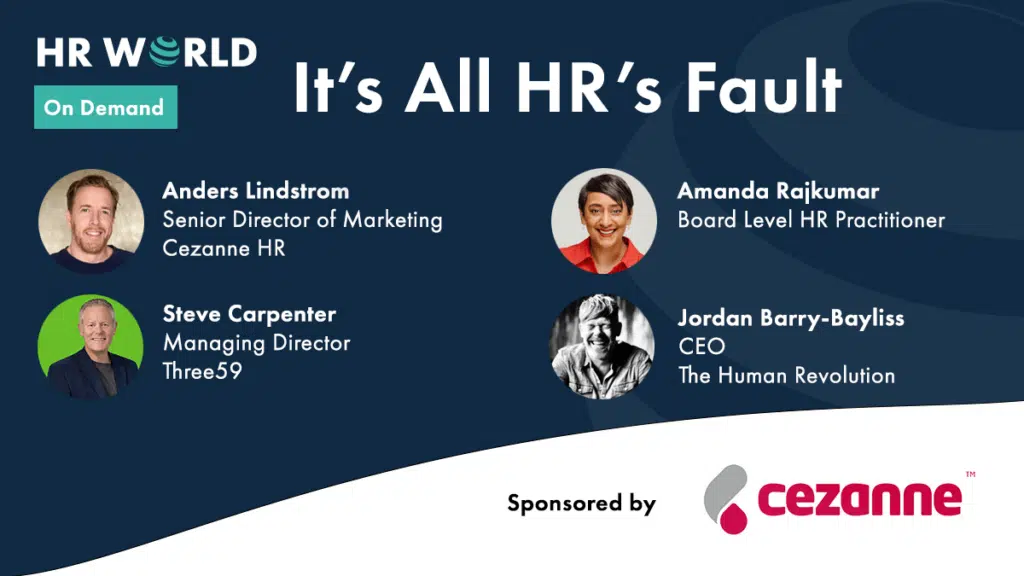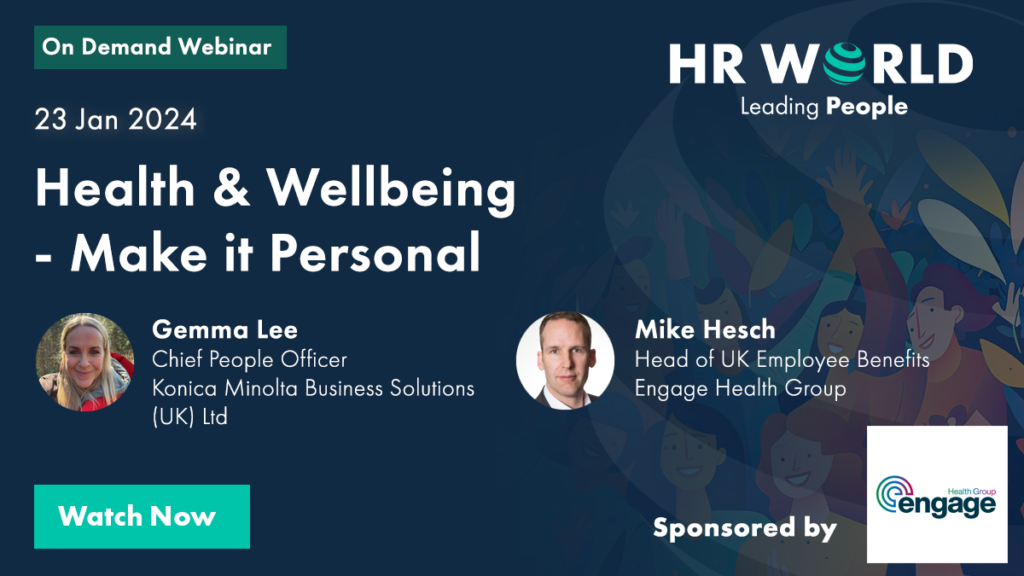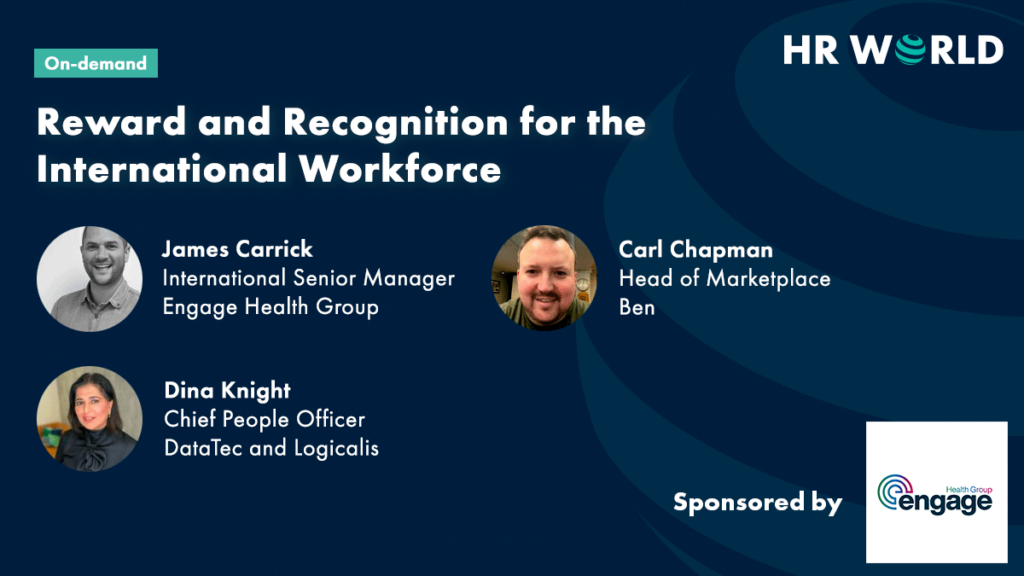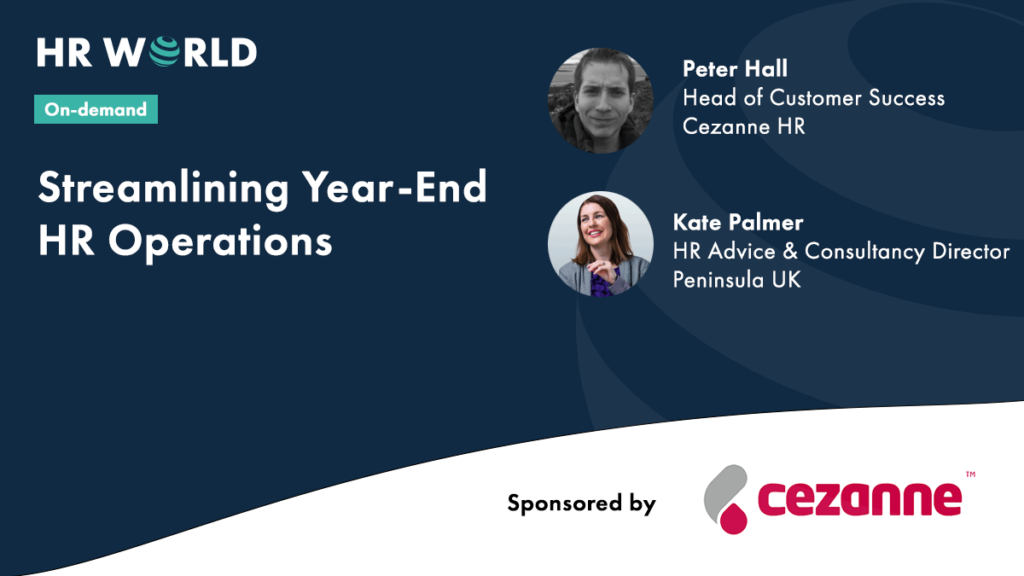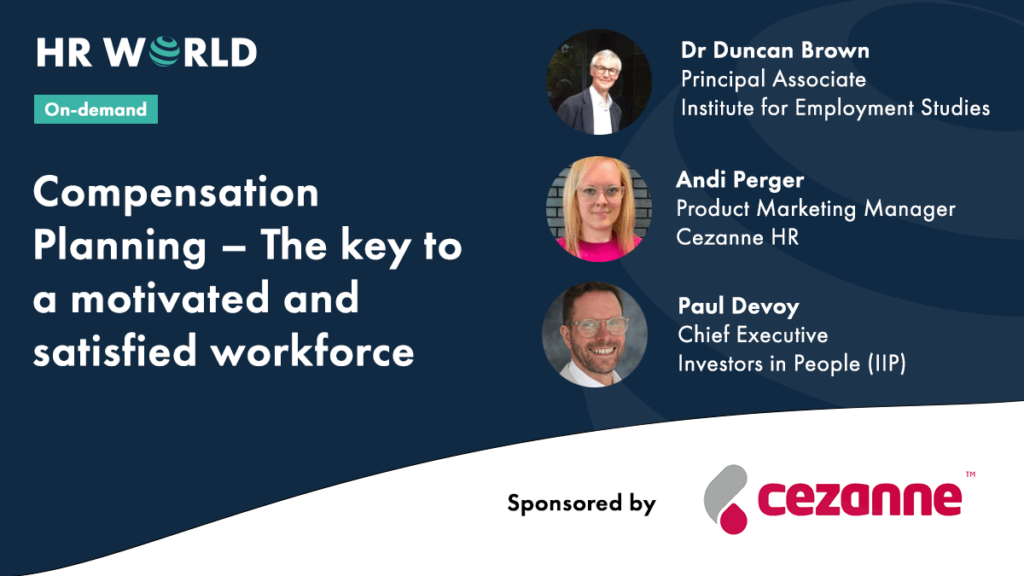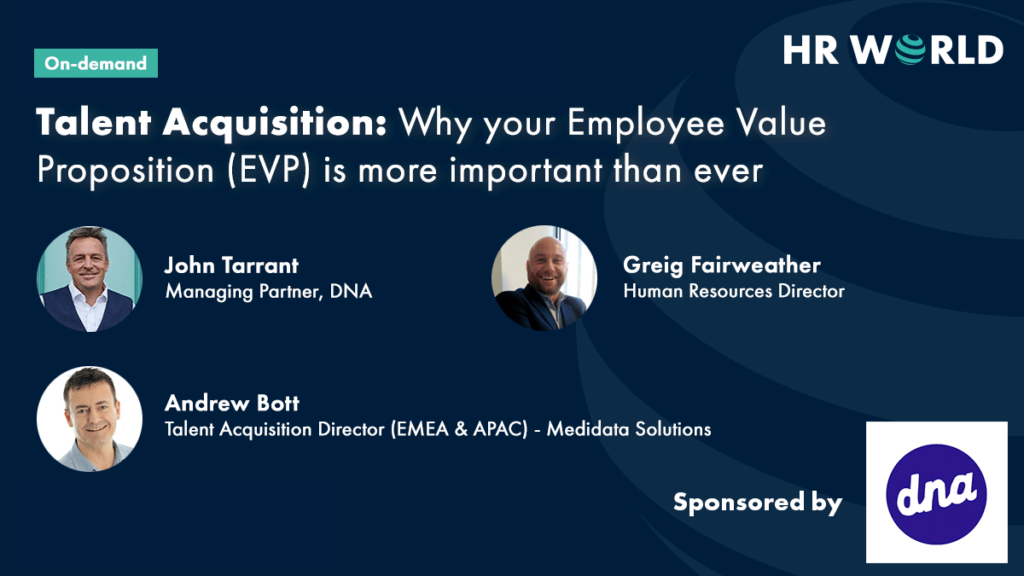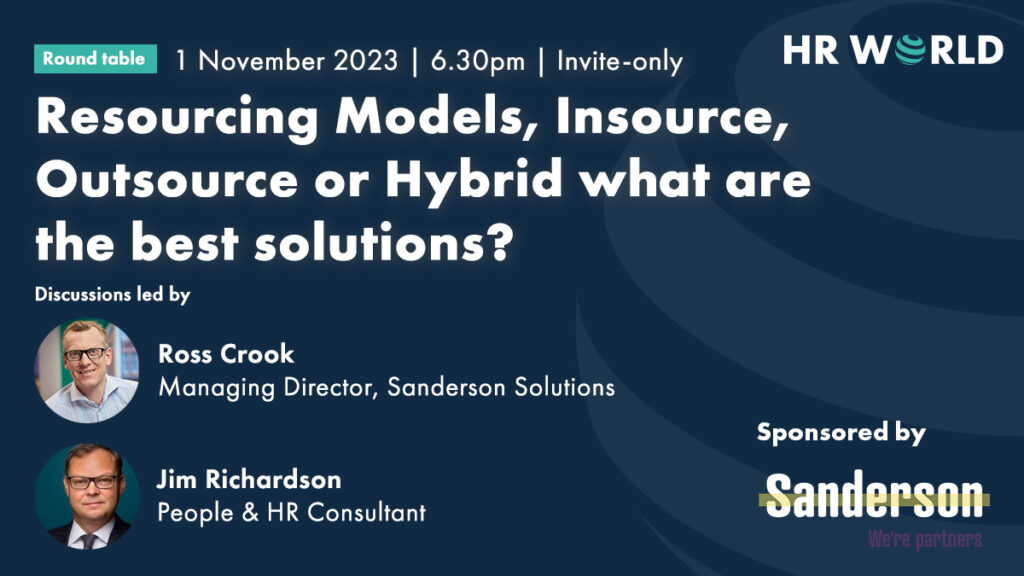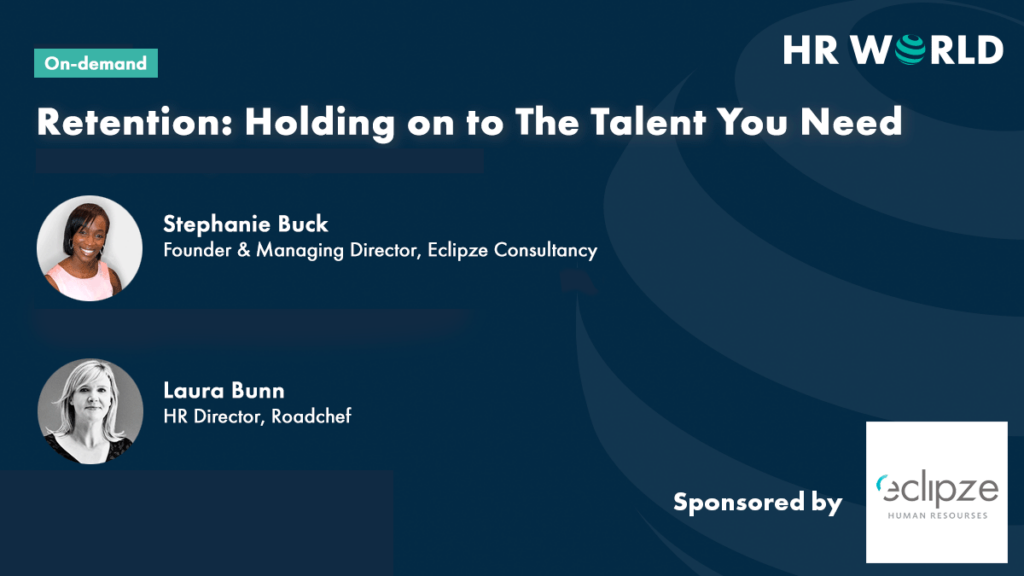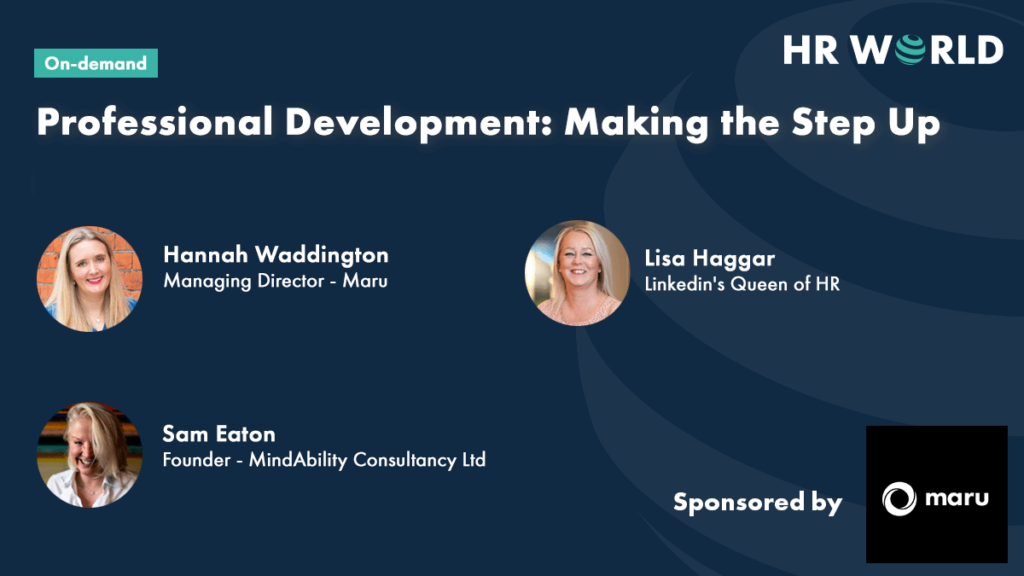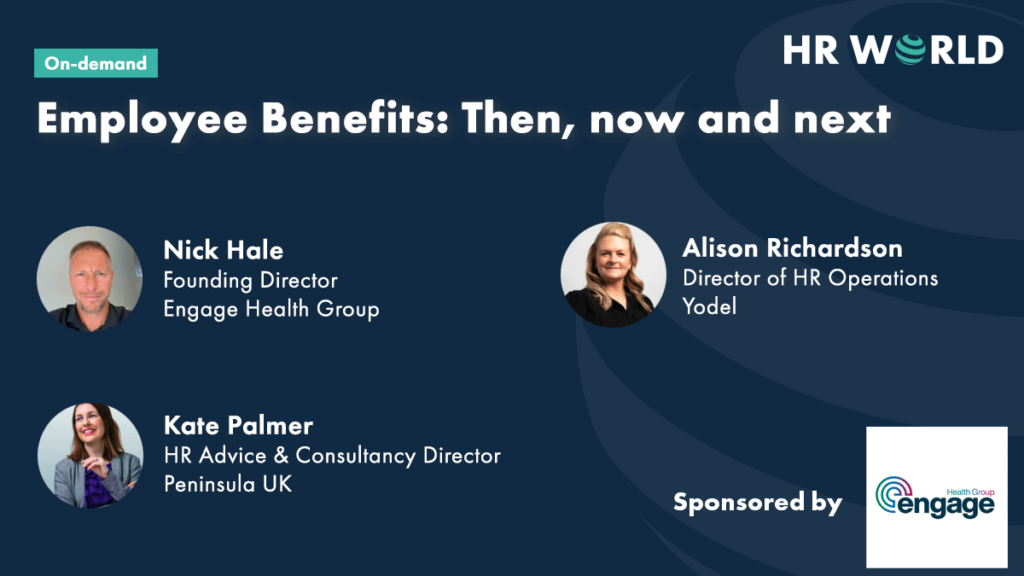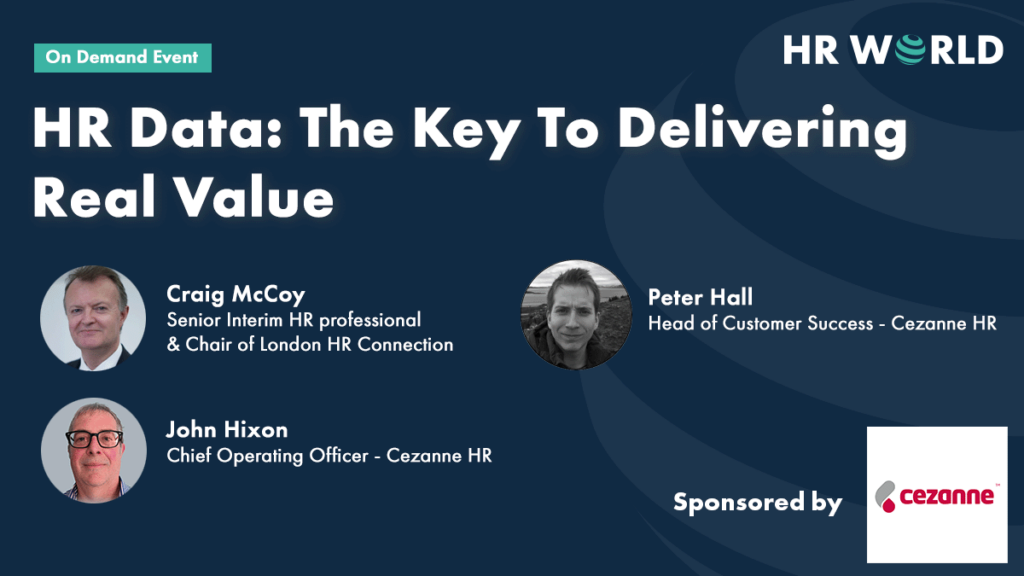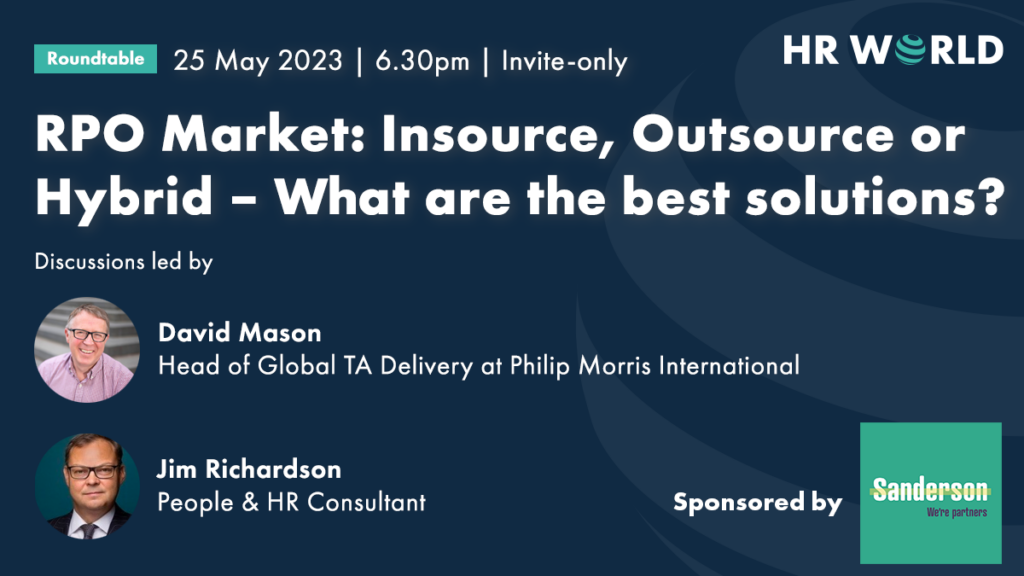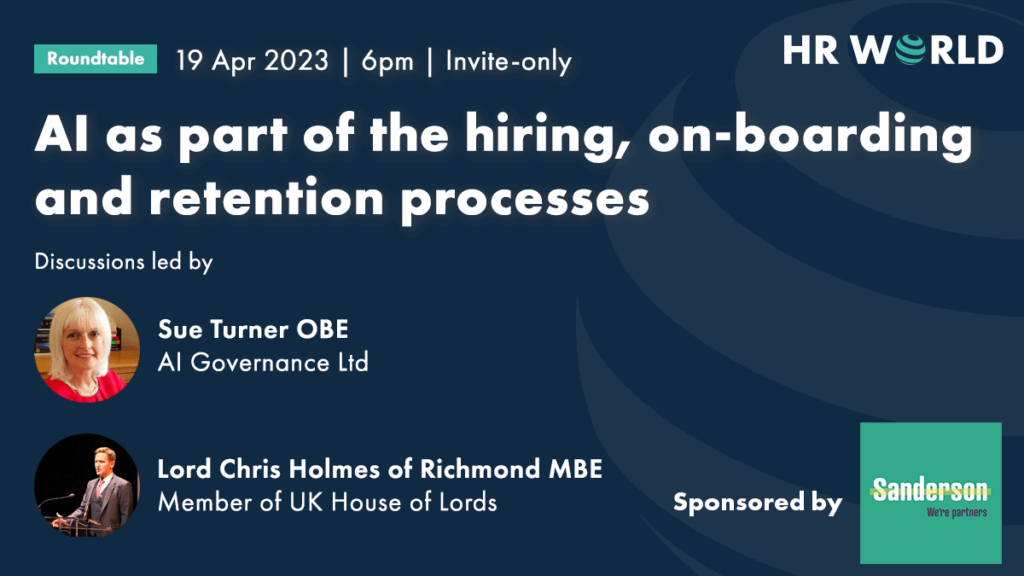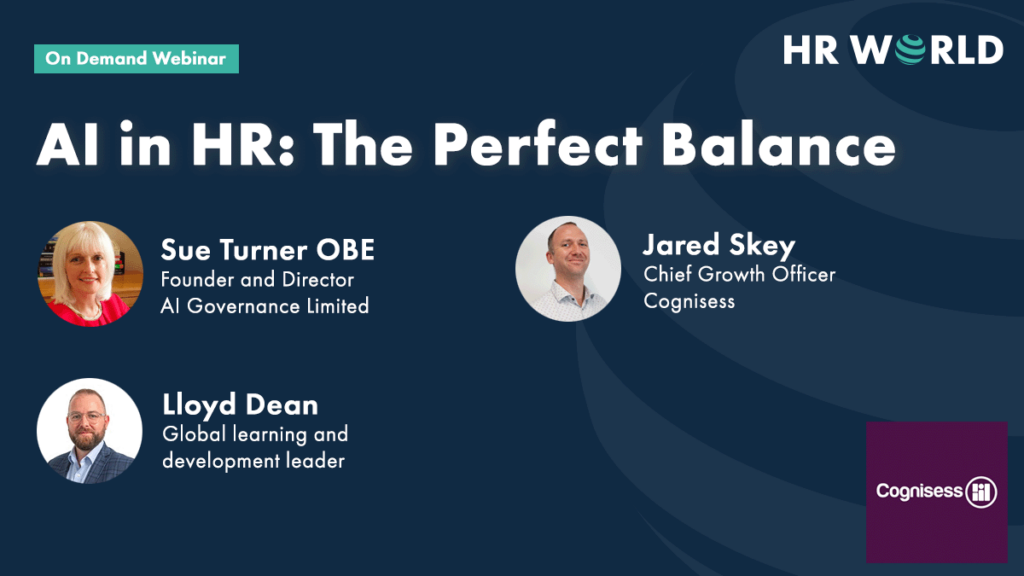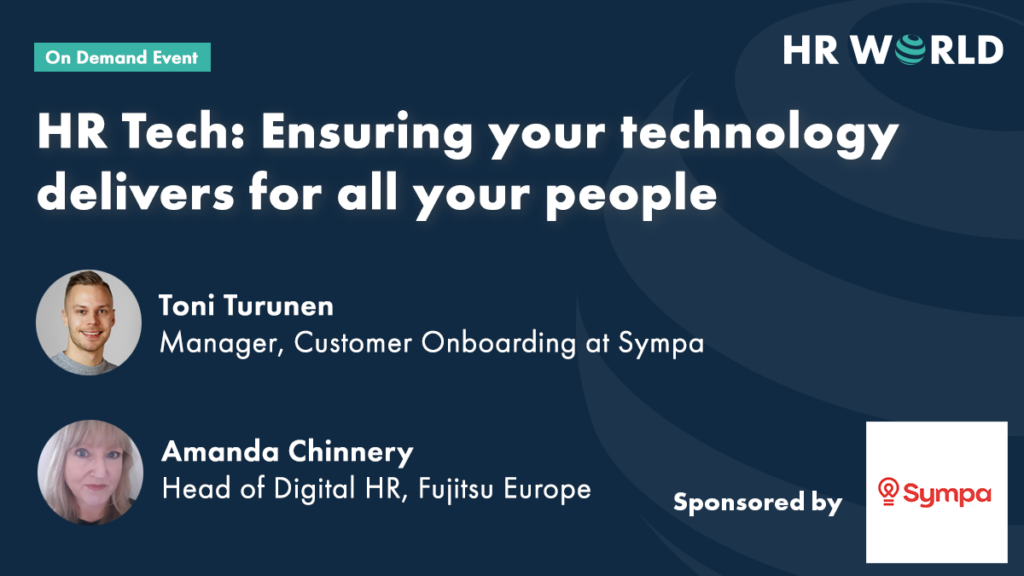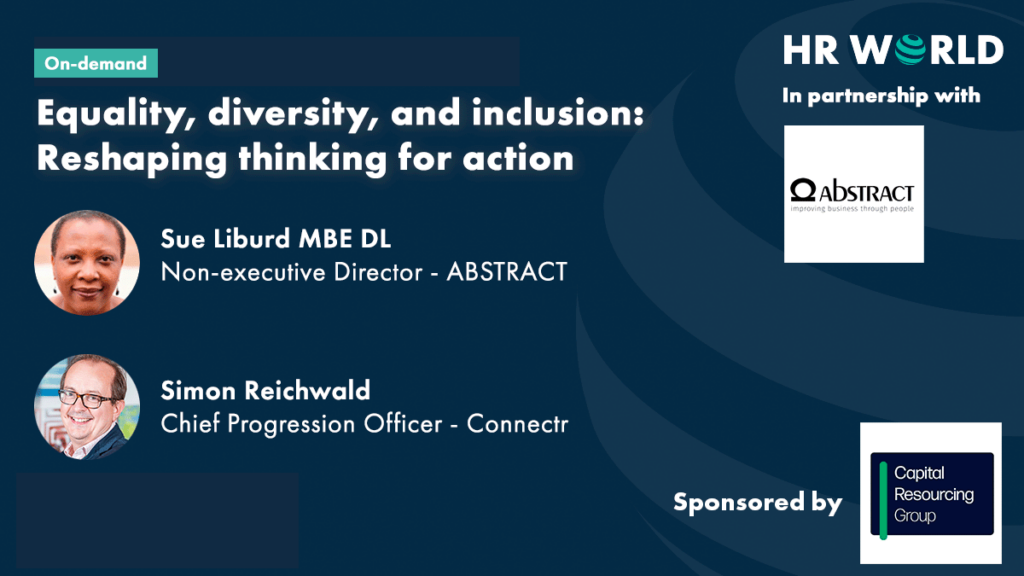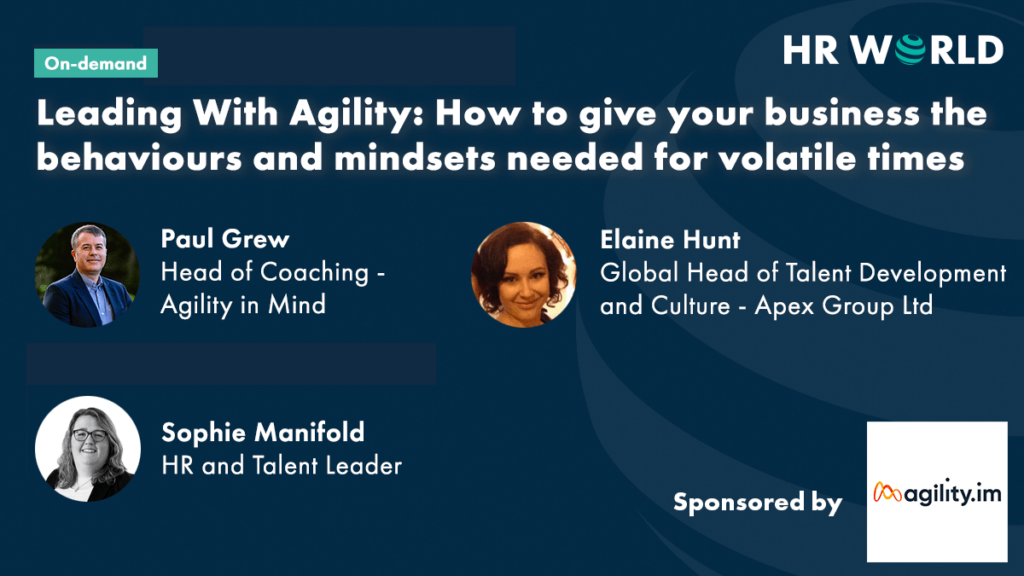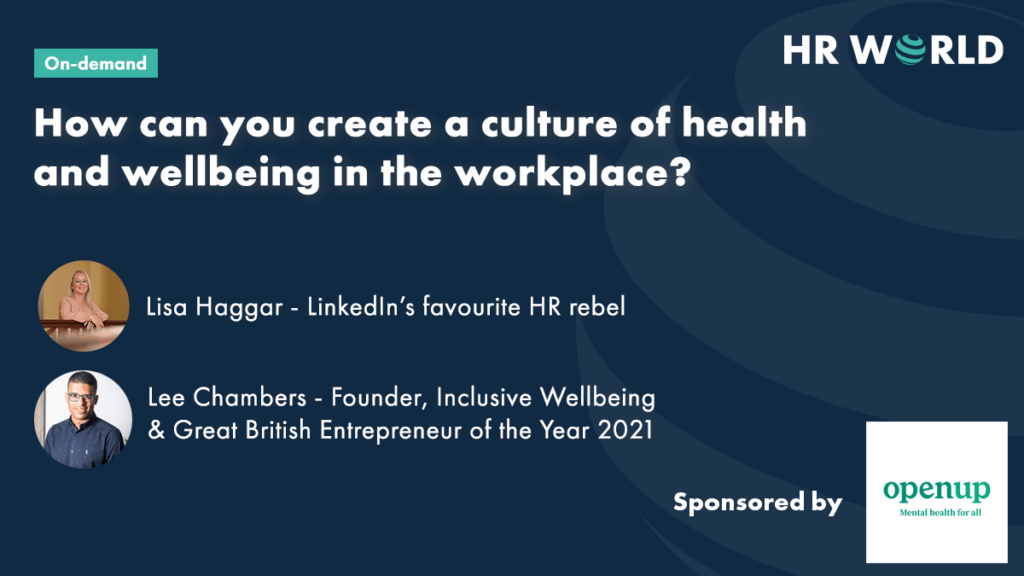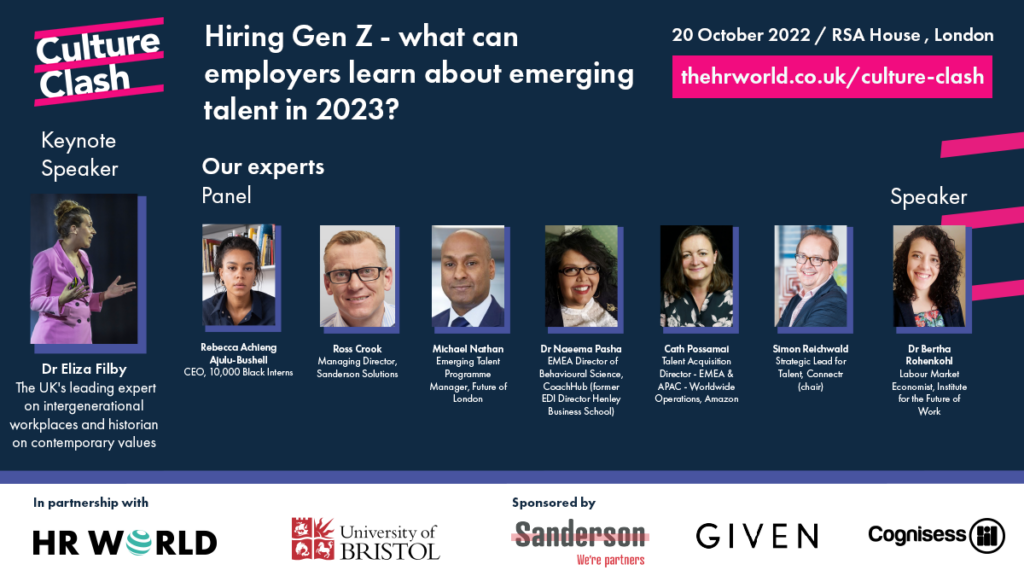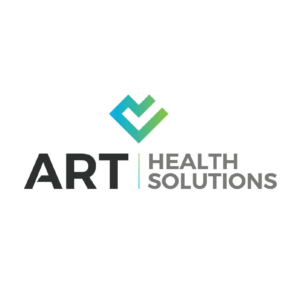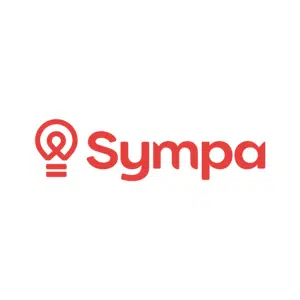Home » Knowledge Hub » HR Strategy » Hybrid working – how to help your organisation get it right
Hybrid working – how to help your organisation get it right
16 September 2022 HR Strategy

A lot of organisations are finding hybrid working challenging at the moment.
But just like in lockdown, there’s no ready-made guidebook, no magic wand to wave at your people and get it right.
Drawing on my multiple roles in senior HR positions, establishing many complex change programmes in place, my teams and I did so trusting our people to do the right thing.
And trust is a very good place to start.
A matter of trust
Organisations can’t have it both ways. Many had little option other than to trust their people to work remotely and, in most cases, it worked really well.
Now, having demonstrated their productivity, employees expect a flexible working routine that continues. So, why am I hearing that some employers are starting to push back on this?
Taking back what was given is a surefire way to disengage your people. Keep the trust going and they’ll deliver as best they can, as well as sticking with you through choppy waters while you get hybrid right. But they need to know you are on their side.
In this article I’ve chosen some of the main challenges around managing hybrid working, followed by some approaches you could try that may work in your organisation.
Of course, no two organisations will be the same so solutions covered here are broad and will need to be bespoke for each company.
1) Employees need a voice
Many of us still spend a lot of time communicating via screens, especially hybrid workers. But not everyone is comfortable doing so. Over time, this creates a group of people whose ideas and contributions are not as represented as those who are more confident.
It creates shifts in power and status purely down to the communication channel being used, which risks disengaging those who could contribute in a more conventional ‘in the room’ setting. While screens allow conversation, it’s easy to miss the subtle nuances of communication you’d pick up talking face to face in person.
Having a voice is an important engagement driver. We need to feel we are contributing and to be able to do this in a safe space without fear of ridicule. Listening is how organisations build trust. It’s important to think through how you can replicate this from an office setting to virtual.
Here are a few ideas to overcome this:
- Managers need to be trained in managing a hybrid team. It’s a very different experience than face to face and requires more check-ins in hybrid mode. More structure is needed rather than ad hoc. Arrange regular team meetings, more comms on what is happening in the team etc.
- Organise Anchor Days – days in which the whole team get together in the office (once every three months or more). And think through how you can organise getting people together from other teams and areas of the business.
- Use your Tech – why not start an update channel for your team on Slack for example or better still get your teams to contribute regularly, for example, through an improvements channel. Ask for feedback on a regular basis through a short pulse survey.
2) Stop those silos emerging
Some people are working in the office, others are not. We tend to talk to those who we see in a building, not those in the wider circles we don’t. Over time working relationships ‘thin’ and silos emerge, not helped by missing the conversations that are happening in the building, and outside. People get frustrated by being left out of those informal exchanges and decisions made that they weren’t involved in as they weren’t there. Over time this can grow into being excluded from bigger and more important decisions.
Here’s a few ideas on how to overcome this:
- Just as with improving communication, think through how you can arrange for people to get together from other teams. You could organise “random coffees” – randomly select people to meet each other from another team for an informal coffee once a week.
- When you organise a team meeting in the office – coincide this with other meetings and get them to meet over lunch. Arrange a social for all to attend. For those who can’t make it, set up a virtual link for people to see and hear what is going on. Send them a party pack so they feel included.
- Ask for feedback from everyone on a regular basis. You can do this in several ways that maintain confidentiality.
3) Leaders need to remain visible to all
It’s really important that leaders remain visible in the office and virtually. During lockdown leaders were present and often highly visible via virtual comms.
Now, as offices have opened up, many have returned and the emphasis on virtual comms has declined – which leaves those people working remotely not seeing as much of their leaders as those in the building. Key messages aren’t being received equally, which also adds to the silo problem.
Here’s a few ideas on how to overcome this:
- Leaders need to think through how they can maintain their visibility. For example, I know a CEO who goes online at 9am every morning to say good morning to all.
- Set up a virtual quarterly ‘ask the CEO a question’ session and invite senior managers to speak at team meetings.
- Set up a regular virtual ‘All hands’ team meeting led by the leaders and invite senior managers to speak at team meetings. Get your leaders to check in regularly with teams /people and send out regular updates on how well the business is doing.
4) Maintain social connection / cohesion
At the heart of organisations are the networks and relationships that form over time. These provide social contact but also enable the professional networks that help people get promoted etc.
Research, from organisational thinkers like Simon Sinek, shows that people need social contact. The difference from being present in the building and working remotely creates the ‘them and us’ of those central to the organisation and those who feel disconnected and isolated from the opportunities and social life that come with office life.
Here’s a few ideas on how to overcome this:
- Set up regular opportunities to meet and socialise face to face (and don’t worry if some people don’t or can’t come, they will on the next one when they hear how good it was). Online pub type quizzes work well here.
- Use your channels such as Slack and Teams to set up social channels that encourage participation from teams and bring people together. I’ve seen this done with topics from gardening tips to photos of pets – even a very popular ‘Dad jokes’ channel.
- Ask managers to do their one to ones face to face where possible. Make checking in with teams also about wellbeing and just not performance related.
5) Meeting your candidate’s expectations
Any organisation serious about attracting and retaining the best talent must have a hybrid strategy that works. Recruitment will be more challenging for those organisations that don’t communicate how hybrid working works for their people. Over time people leave and potential candidates won’t know the organisation and will it hard to feel like they belong somewhere that they’ve never been. If you’ve previously recruited based on your office and location this culture will mean a lot less when hybrid workers will rarely visit or spend time together.
Here’s a few ideas on how to overcome this:
- Your employer brand needs to convey how you do hybrid working. Whether that’s through your careers website, your job ads or how you brief your external recruiters and line managers to explain, you need to cover this.
- Your existing people are going to be your best advocates of your culture so consider using employee generated video, blogs and social media to get the message out about your flexible and hybrid friendly culture.
In conclusion
Hybrid working is a huge engagement opportunity that can re-shape how we lead, manage and inspire our organisations. But no two organisations – or set of challenges will be the same.
The one constant thread running through the issues is your people. The more they are consulted and involved in designing what is after all, their organisation, the more likely you are to create a culture that better communicates, engages and retains.
If we want our organisations to be ‘great places’ where people can collaborate and socialise, then we need to work in a way that feels great – wherever our people are based.
Richard Roberts is a freelance HR Consultant and Culture and Employee Engagement specialist and runs en:Rich HR.


